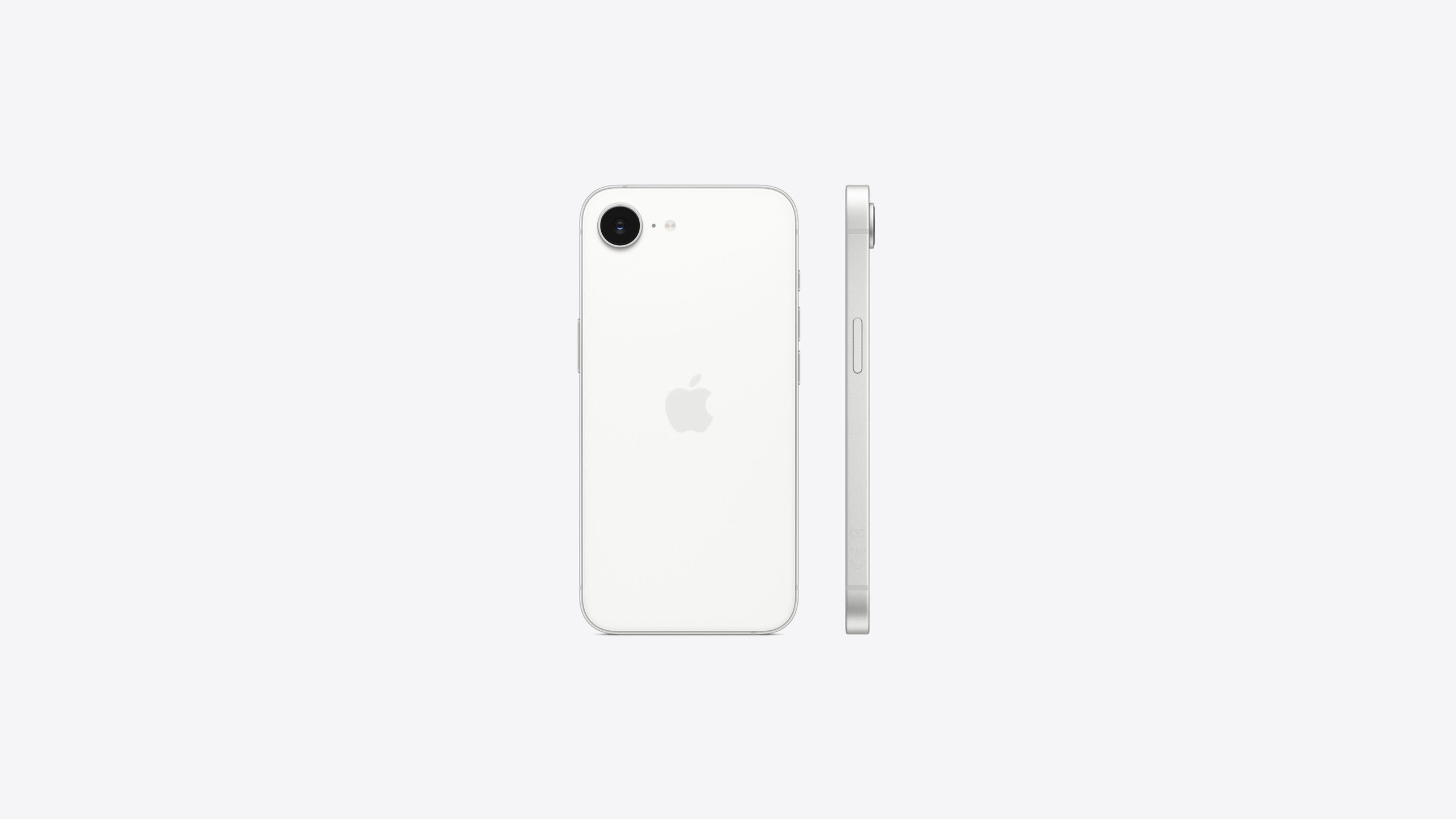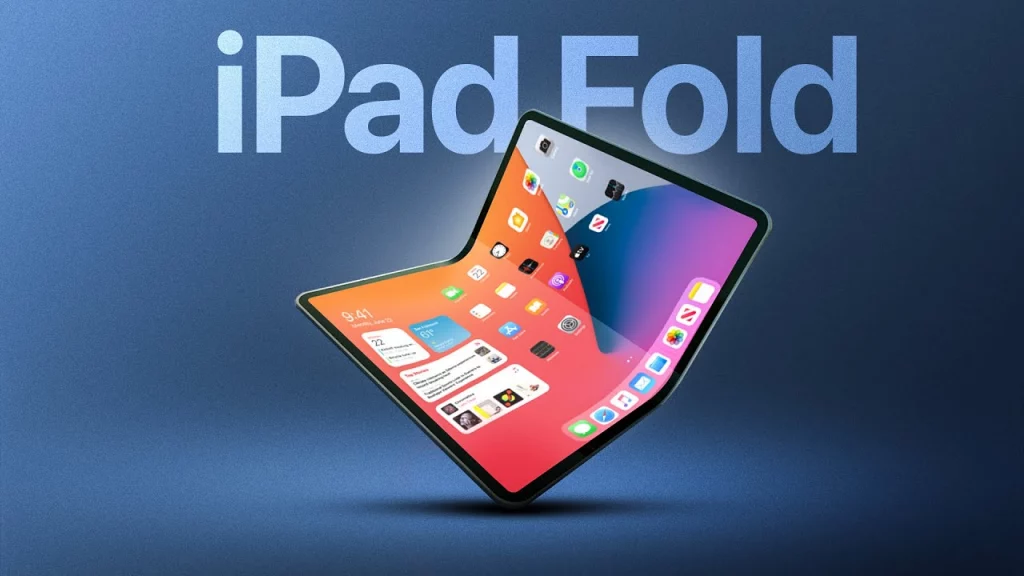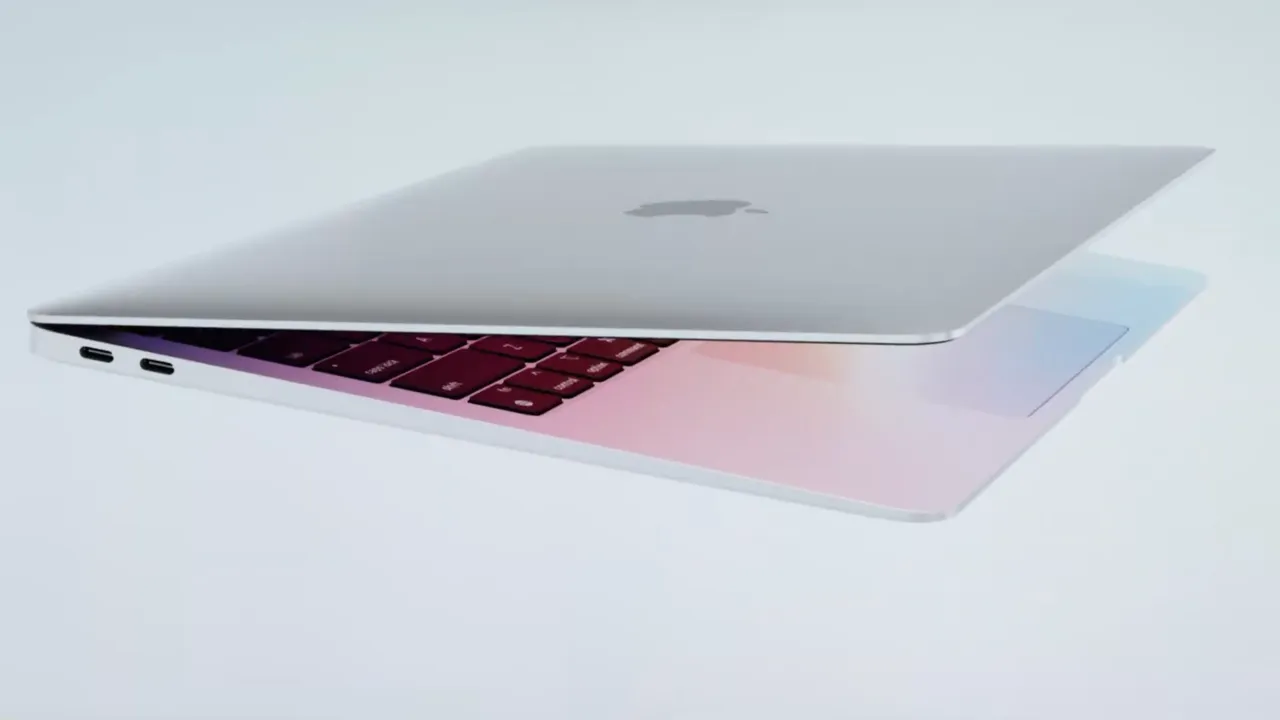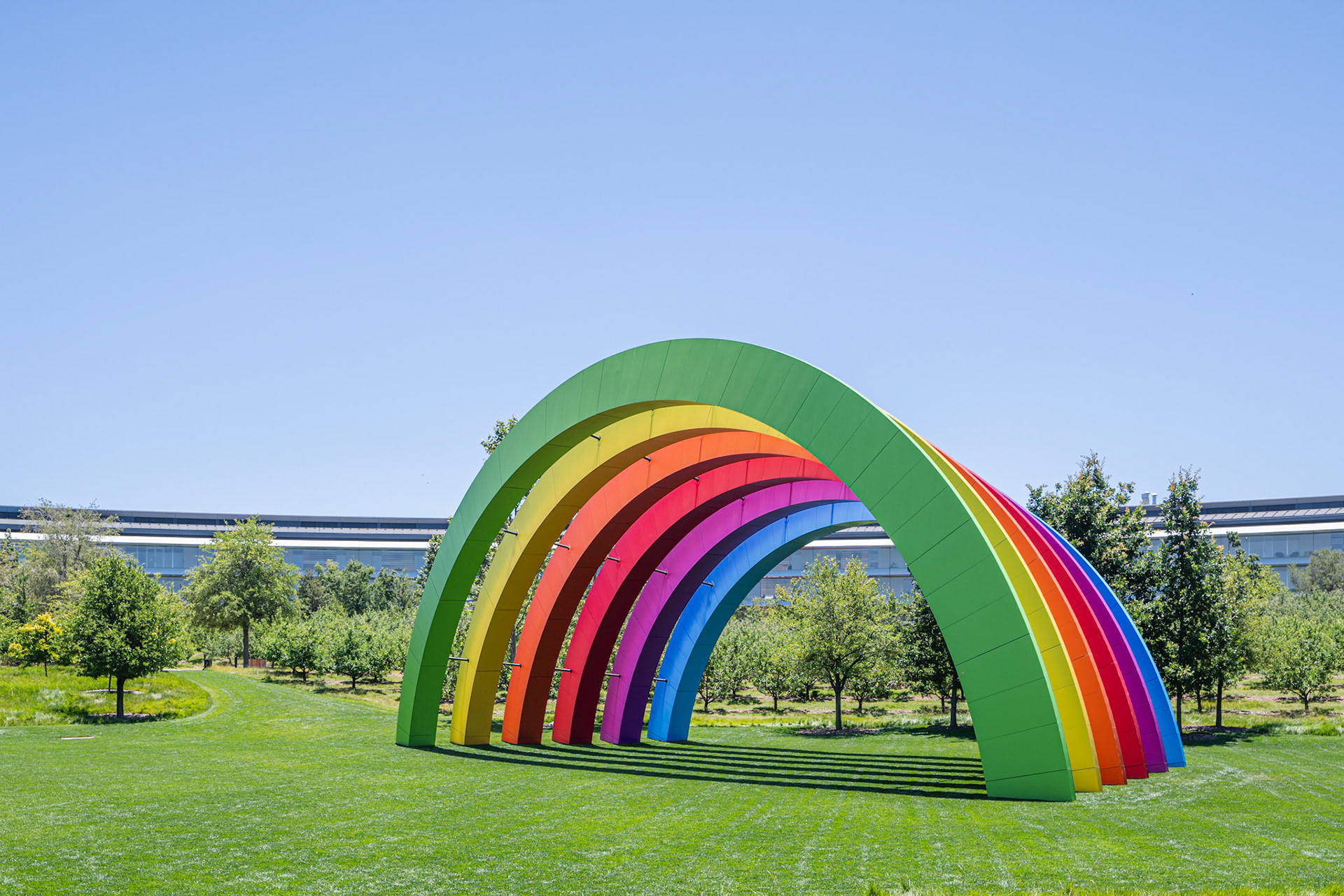Apple’s decision to hold off on releasing new Siri features has sparked some tough headlines lately. It even led to a big team meeting where one boss called the situation “messy and awkward.” But here’s the thing—waiting might have kept Apple out of an even bigger problem.
New Siri Features Weren’t Ready Yet
Pushing back iOS updates doesn’t look good, especially when the news paints it in a harsh light. But what’s way worse? Releasing key features that flop. According to notes leaked from that meeting, that’s exactly what Apple dodged with Siri.
Mark Gurman shared that an exec, Walker, explained the delay happened because the new tech wasn’t up to par. It worked decently only about two-thirds to 80% of the time. He said they’d rather keep improving it so people could actually trust it. Features that only work some of the time? That’s a no-go for Apple. Even 80% isn’t solid enough. Can you imagine them sending out something that shaky? I sure can’t.
Why Siri’s Delay Was a Smart Move
These Siri upgrades weren’t small tweaks—they were a big deal. Apple hyped them up last June, promising a smarter assistant that knows your texts, schedule, and more. If they’d rolled out nearly a year later and still messed up, it’d be a bad look. Worse, though, these features are meant to handle important stuff. If they failed even a little, it could cause real headaches.
Take this example from John Gruber: Imagine asking Siri when your mom’s flight lands. It says, “4:30, on time,” so you head to the airport. But if it’s wrong and she lands at 7:30—or worse, 1:30—you’re either waiting forever or leaving her stranded. That’s the kind of trust Siri’s supposed to earn. If it shipped half-ready, it’d be a disaster for Apple.
There’s an old saying from Nintendo’s Shigeru Miyamoto: “A late game can turn out great, but a rushed one stays bad forever.” Games and phone updates aren’t identical, and some debate if he even said it. Still, it fits here. A delayed Siri could end up awesome. A rushed one? That’d hurt Apple and us for good.







